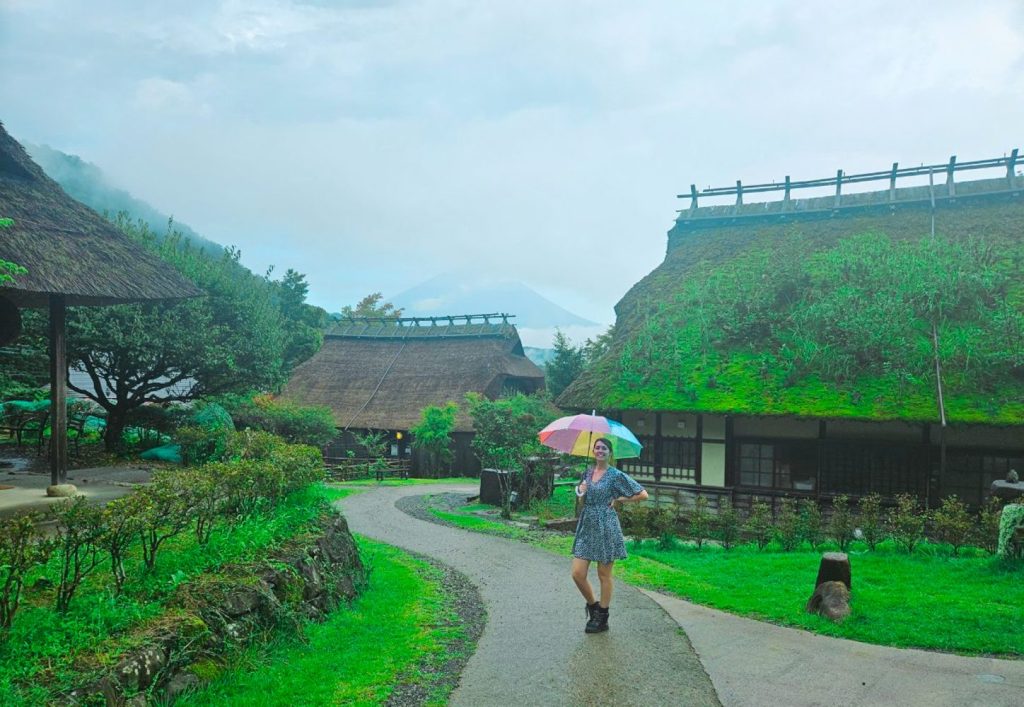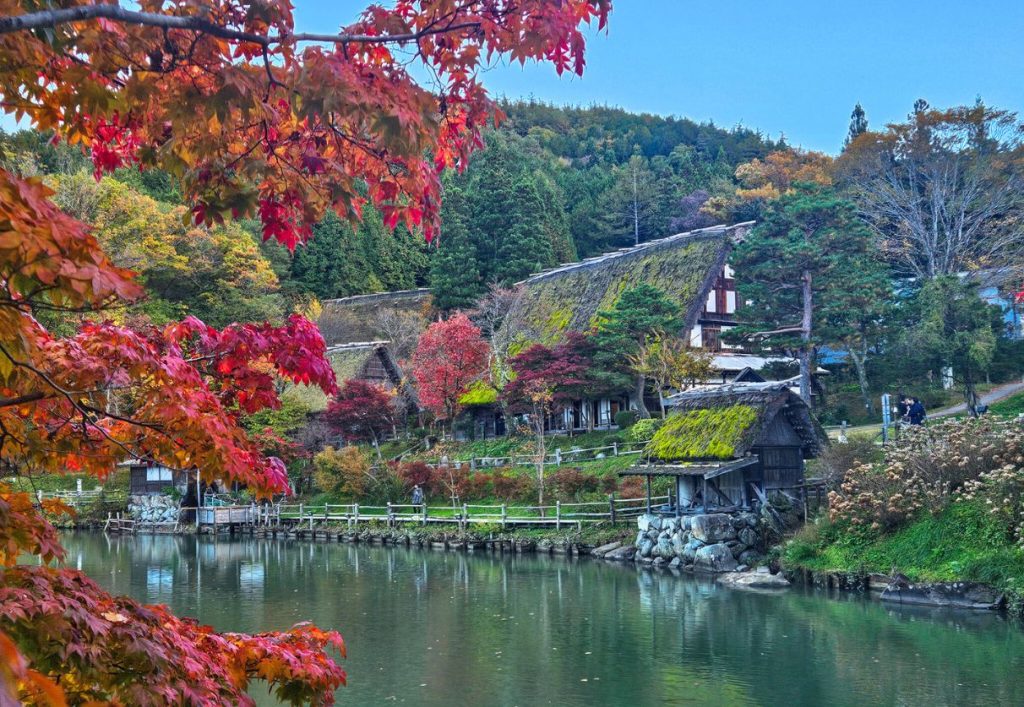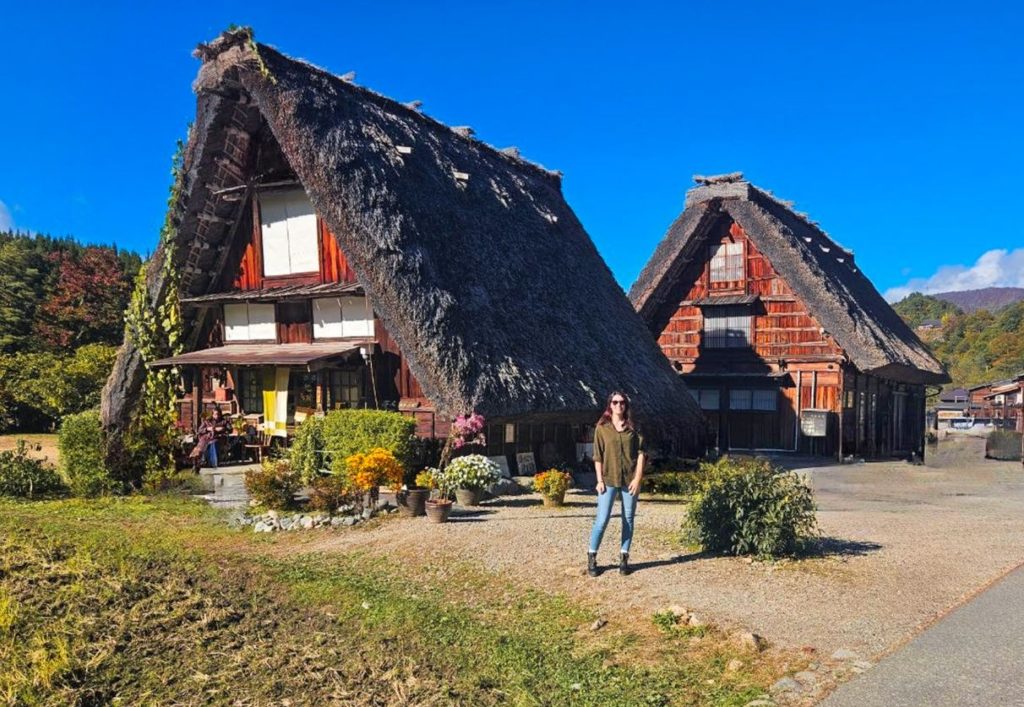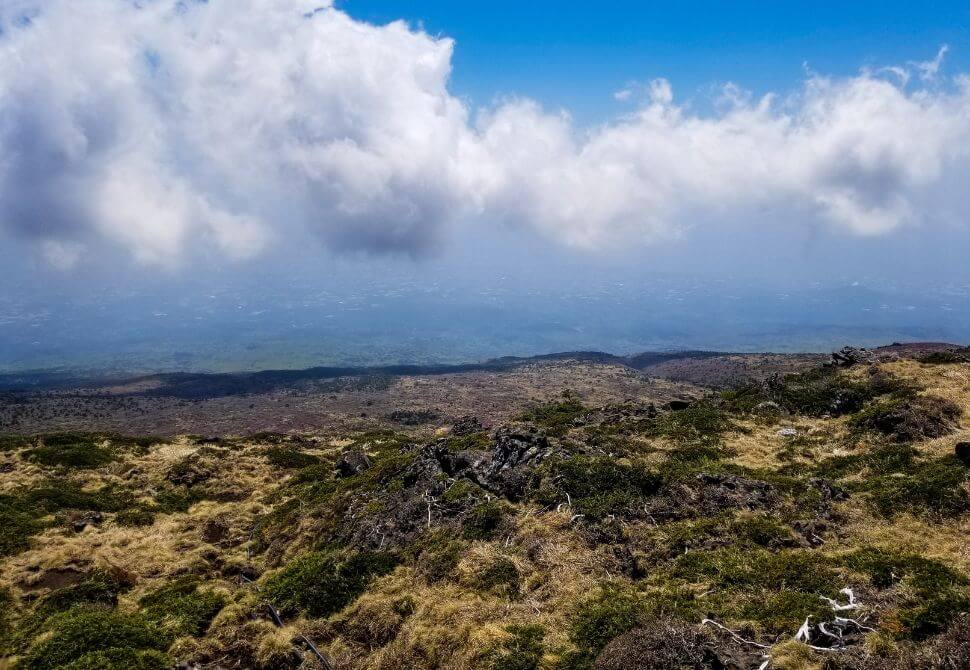Traditional Japanese Villages: Take a step back in time
Some links in this post are affiliate links. This means if you purchase something through my links I may make a small commission at no extra charge to you. See my disclaimer.
Japan is a nation that is still very in tune with its traditional past and that’s been made clear by the care that’s been taken to keep their traditional villages alive and well. Some of these villages are recreated in new destinations using properties from multiple villages, to allow future generations to see how Japanese residents lived hundreds of years ago.
Some of the other villages are still standing where they always have and have just been well-maintained to keep the properties safe. You’ll notice that residents still live in some of these traditional villages which allows you to see how the past has intertwined with the modern age of Japan.
You’ll have many chances to take photos and make memories visiting each one and will feel like you’ve taken a leap back in time.
| Country: | Japan |
| Currency: | Japanese Yen / JPY |
| Do you need a visa to visit as tourists? | Check here |
Don’t forget to get travel insurance to cover you if something bad happens. One company I have personal experience with is Safety Wing. Not everyone needs the same coverage, so make sure you get a personalised quote that suits you and your trip plans.
When you need to transfer money or check exchange rates during your overseas trip, consider using Wise. They have competitive rates and make exchanging foreign funds easy. I’ve been using them since 2015.
Travelling between each of the traditional Japanese Villages
Here is a road trip map I’ve prepared ready for you if you want to travel to them independently:
Many of these traditional Japanese villages are located in rural areas of the country and away from the major cities. This means you’re either going to need to book a day tour or drive to each one as public transportation doesn’t always reach these small villages.
If you book yourself onto a guided day tour (I’ve recommended at least one for each village below), you will likely be travelling from one of the closest cities to the village, so make sure you double-check where each tour departs from.
If you’d rather travel independently, I’d recommend getting a rental car for either your whole trip or parts of it as this will allow you the flexibility to reach these rural regions where the traditional villages are found. Three of the brands I have used throughout my stay in Japan are below, just be aware they can book up quite quickly if you book too last minute:
In order to rent a car and drive in Japan as a foreigner, you will need to have held your full UK license (not a provisional) for at least 1 year before arriving, have an International Driving Permit and have a credit card in your name for the rentals.
Don’t forget to activate your eSIM with Airalo before you set off so you can stay connected to the internet on the move and use Google Maps to find your way (if you’re travelling solo that is!).
Traditional Folk & Ancient Japanese Villages
Saiko Iyashi-no-Sato Nenba

Location: 〒401-0332 Yamanashi, Minamitsuru District, Fujikawaguchiko, Saiko, 根場 2710
Saiko Iyashi-no-Sato Nenba is one of the reconstructed Japanese villages in the style of the traditional thatched roof settlements from elsewhere in the country. One thing that makes this a little more special than other villages, is that on a clear day, you can see Mt.Fuji from here as part of the landscape.
Located on the shore of Lake Saiko this small settlement has become popular during all 4 seasons. With cherry blossom trees blooming in spring, vibrant greens in summer, red maple leaves during autumn, and snow coating the entire village during winter, there is no bad time of year to visit the past. You can enjoy ancient crafts and participate in workshops during your visit too!
Single entry cost: 500 JPY (2.60 GBP)
Opening hours: 9.30 am – 4.30 pm December to February, 9 am – 5 pm March to November. They are open 7 days a week, 365 days a year.
Not sure you want to travel independently or are unable to drive? Consider visiting on a guided tour:
- Mount Fuji & Lake Kawaguchi Scenic 1-Day Bus Tour – departs from TOKYO
- Scenic Spots of Mount Fuji Full-Day Bus Tour – departs from TOKYO
Tsumago-juku Historical Town

Location: 2178-10 Azuma, Nagiso, Kiso District, Nagano 399-5302
Tsumago-juku is a traditional “postal town” in the Japanese Alps that has been restored to its once-original glory and is surrounded by tiny villages. It is full of character and is a bustling tourist destination during the summer months when people come to take a step back in time.. It’s a famous street with 18th-century homes and buildings, some converted into tourist souvenir stores and some used as residences.
The 18th-century homes are not the oldest structures in the area, as there is a temple from the 16th century and even an ancient shrine from the 12th. This quiet village displays all the traditional woodwork found on older Japanese buildings and is surrounded by dense forests and mountains to create a stunning postcard-perfect view.
Single entry cost: Free
Opening hours: 8.30 am – 5 pm, 7 days a week
Here are some tours that visit this village, depending on where you want to depart from:
- Eihoji, Enakyo, Magomejuku & Tsumago-juku Day Tour – departs from NAGOYA
- Nakasendo Trail Walking Tour Tsumago-juku – departs from MATSUMOTO / NAGANO
Gero Onsen Gassho-mura no Sato

Location: 2369 Mori, Gero, Gifu 509-2202
The Gero Onsen Gassho-mura village is home to 10 small cottages with thatched roofs known as gassho-zukuri. Unlike many of the other traditional villages in Japan, this village did not originally stand where it is now. In fact, these houses have each been moved from other villages and brought here to create a replica of an old mountain settlement as part of a museum.
With three famous houses here (Odo House, Iwasaki House, and Toyama House) visitors are able to walk inside and see how the people who once lived in properties like this would have lived all these years ago. It’s one of the smaller settlements with only 10 huts but it’s still bursting with character.
Single entry cost: 800 JPY (4.20 GBP)
Opening hours: 8:30 am – 5 pm, 7 days a week
Check out this guided tour that visits the village:
- 1-day tour to the onsen next door – departs from TAKAYAMA
Hida no Sato Open-Air Museum (Hida Minzoka Mura Folk Village)

Location: 1 Chome-590 Kamiokamotomachi, Takayama, Gifu 506-0055
Hida no Sato is an open-air museum and home to almost 30 historical buildings, some up to 200 years old! This makes it one of the largest traditional villages of its kind in Japan. With a picturesque lake in the heart of the village you’ll get to experience maple leaves surrounding it during autumn, and blooming green trees and flowers during spring and summer. An especially popular time to visit is during the winter months when the entire village is covered in snow and they hold the annual illuminations experience for visitors.
You’ll get to walk past lots of wooden farmhouses that are still well-maintained today after being brought here from other villages. Each has been protected as part of the museum for all to see what life was once like all those years ago here in Japan. You’ll see a mixture of the typical thatched roof houses, some with shingles and others with wood, all offering a glimpse into the past.
Single entry cost: 700 JPY (3.60 GBP)
Opening hours: 8:30 am – 5 pm, 7 days a week
If you prefer to travel in a group, here are three guided tour options:
- Admission pass & round-trip bus – departs from TAKAYAMA
- 1-day immersive folk village tour – departs from TAKAYAMA
- 2-day tour to Hida no sato & Shirakawa-go – departs from OSAKA (winter until March 2025 only)
Shirakawa-go Gassho-Zukuri Minka-en

Location: 2499 Ogimachi, Shirakawa, Ono District, Gifu 501-5627
Shirakawa-go is no doubt the most well-known of the traditional Japanese villages in the country and it receives thousands of visitors every year. Given the status of a UNESCO World Heritage site, it’s clear to see why so many people With the typical straw roofs at such a steep incline the snow just slides right off, it’s a great method to keeping the houses warm back when insulation wasn’t as modernised as it is today.
Unlike some of the museum-only villages, this traditional village is living with residents and actual stores in use on a daily basis. This means you can get up close to the properties to admire these old-fashioned structures, but you should proceed through the streets with caution and respect so as not to disrupt the daily runnings of the residents.
Single entry cost: 600 JPY (3.15 GBP)
Opening hours: 8:40 am – 5 pm 7 days a week
Here is a tour that visits this village that you can join:
- 2-day tour to Hida no sato & Shirakawa-go – departs from OSAKA
Kayabuki No Sato

Location: Miyamachokita, Nantan, Kyoto 601-0712
Miyama Kayabuki no Sato is a folk village that has houses between 150-200 years old sitting in a hamlet along the river with a mountain backdrop. This old village allows you to not only see how people used to live in these wooden structures but also see how people still live to this day!
That’s right, many of the homes in these traditional Japanese villages are still lived in now, which means that visitors must be respectful and quiet while visiting the village to not disturb the residents. As a fully functioning residential area, not only will you find homes here, but also 2 cafes, 2 B&Bs and even a red UK-style postbox for mail! If you’d like to see the inside of a thatched house, head over to the Miyama museum where you can go inside the attic and see close up exactly how these old houses were constructed.
Single entry cost: Admission is free, but the car park costs 500 JPY (2.60 GBP)
Opening hours: 24 hours, 7 days a week
Parking hours: April – November (9 am – 5 pm) and from December – March (10 am and 4 pm)
Check out these tour options available to book:
- Snow lantern festival at Kayabuki no Sato – departs from OSAKA (WINTER ONLY)
- Private Miyama thatched roof village tour – departs from NARA / KOBE / KYOTO
- Amanohashidate, Ine Funaya & Miyama Kayabuki no Sato – departing from OSAKA
Have you visited any of the traditional villages of Japan? What did you think?
Need help planning your trip?
Check out how to plan a trip abroad & see my travel resources for more.
Skyscanner – A comprehensive comparison website showing where to purchase flights.
HostelWorld – The biggest selection of hostels & sociable accommodations.
Booking.com – The largest collection of accommodations AND flights worldwide.
Safety Wing – A travel insurance brand for long-term travellers and nomads.
Airalo – An eSIM card company that lets you stay connected during your trip.
Wise – Perfect for transferring foreign currencies.
iVisa – For applying for tourist and visitor visas.
Viator – Great for finding tours and activities worldwide.
Get Your Guide – Another company for finding activities.
Klook – Have some of the best activity deals in Asia.







